SEOUL, December 30 (AJP) - A Jeju Air flight exploded during a landing attempt at an airport in southwestern South Korea on Sunday, claiming 179 lives. The deadliest disaster in the country's aviation history has sparked widespread speculation, just ahead of a full-scale investigation to determine why the plane crashed into the runway and what led to the failure of its landing gear.
The passenger plane, which departed from Bangkok, crashed while attempting an emergency landing at Muan International Airport in the southwestern part of the country. It was carrying 181 people including six crew members and 175 passengers — 173 South Koreans and two Thais.
It is expected to take at least six months to uncover the missing pieces of the puzzle and determine the exact cause of the accident.
According to an official from the Ministry of Land, Infrastructure, and Transport, a joint investigation with the U.S. National Transportation Safety Board (NTSB) and the aircraft's manufacturer Boeing is necessary to decipher and analyze the aircraft's flight recorder and black box.
Currently, the prevailing assumptions point to a "bird strike," where a collision with migratory birds somehow led to a failure of the plane's landing gear.
The aircraft reportedly struck birds mid-air, prompting the pilot to send a distress signal shortly before attempting an emergency landing, which resulted in the catastrophic crash in less than five minutes.
According to the ministry, the airport's control tower warned the plane of a large flock of migratory birds just two minutes before its mayday call.
Eyewitnesses in the vicinity along with two surviving crew members from the tragic crash, also raised similar suspicions. Video footage also showed visible flames coming from the plane's right engine shortly after its collision with birds.
Many have already expressed concerns about the possibility of frequent bird strikes, as the idle airport is located in the southern coastal region. In fact, there have been a dozen bird strike-related accidents in the past five years, much higher than at other domestic airports.
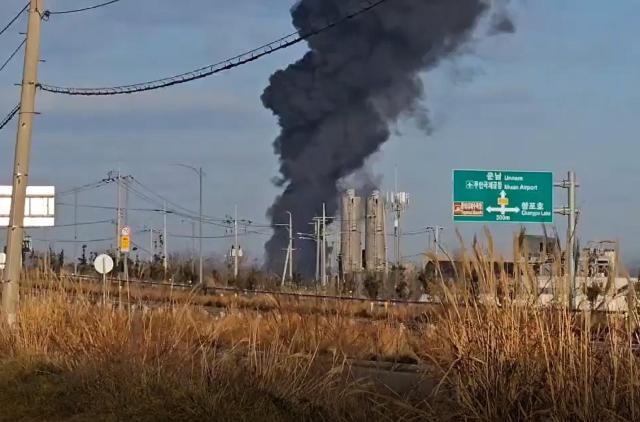
Questions also remain about whether other components of the landing system functioned properly, despite the failure of the landing gear.
Experts remain divided over whether the bird strike could have directly caused the landing gear failure. While some argue that landing gear issues are typically maintenance-related, others insist that further investigation is needed.
The plane failed its initial attempt to land from the south and then made a 180-degree turn to attempt a fuselage landing from the north.
It collided with a localizer — an instrument landing system antenna — mounted atop a concrete embankment on the southern runway. The collision caused the aircraft to explode upon impact with the wall.
Some blame the placement of the localizer, which deviates from the standard ground-level installation, suggesting that it may have exacerbated the crash. They also believe that the lack of fuel-dumping capabilities in the Boeing 737 model could have contributed to the severity of the explosion.
To make matters worse, there was no time for emergency measures such as applying fire retardants on the runway, as the plane crashed just moments after its mayday call.
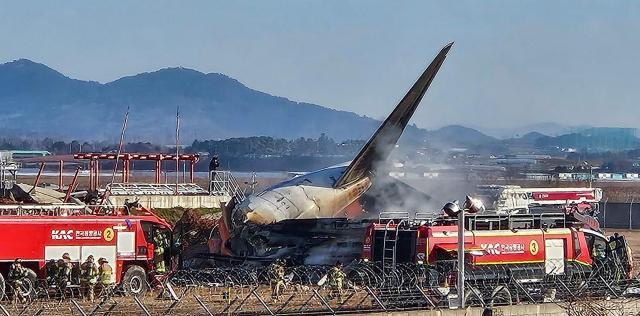
Copyright ⓒ Aju Press All rights reserved.


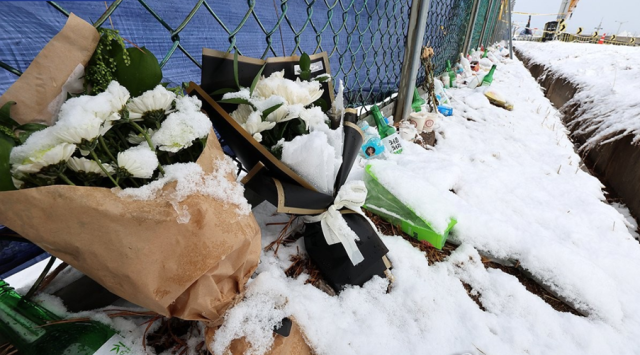
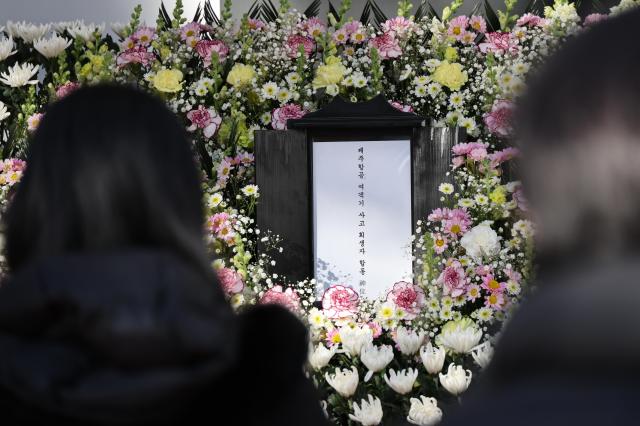
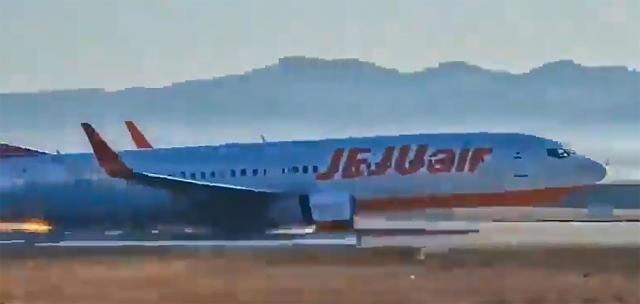
View more comments